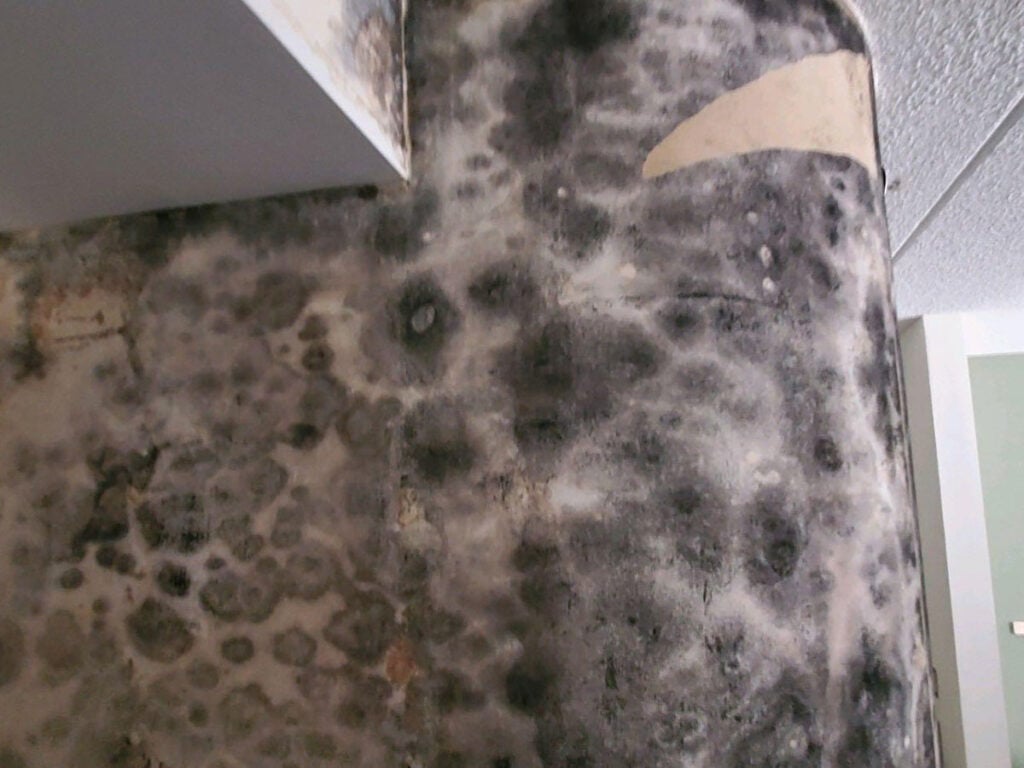
“Will my homeowner’s insurance cover this?”
Unfortunately, the answer isn’t always simple. At MacFawn Fire & Flood Restoration, we’ve helped countless homeowners navigate mold issues, including the tricky world of insurance claims. In this post, we break down what you need to know about mold coverage, how insurance companies assess these situations, and how to protect both your property and your peace of mind.
Understanding Mold & Homeowner’s Insurance: What You Should Know
Homeowner’s insurance policies don’t all treat mold the same way. Coverage depends on a variety of factors—most importantly, what caused the mold in the first place. Let’s explore the key considerations.
Most insurance policies will only cover mold damage if it results from a “covered peril”—a sudden, accidental event. Examples include:
- A burst pipe caused by freezing temperatures.
- Roof leaks due to storm damage.
- An overflowing appliance, like a dishwasher or washing machine.
Tip: Take action at the first sign of moisture. Fast response is key to both minimizing damage and preserving potential insurance coverage.
2. Mold Endorsements: Optional but Important
Most standard homeowner’s insurance policies exclude mold damage by default. However, some insurers offer mold endorsements—optional add-ons that provide limited coverage for mold remediation (often up to $10,000).
These endorsements are particularly valuable in flood-prone or humid regions. But even with an endorsement, coverage is still tied to a specific, covered event. Make sure to read the fine print in your policy and talk to your agent about whether a mold endorsement makes sense for your area.
3. Where the Mold Is Found Can Influence Coverage
Location matters. Here’s how that might impact your claim:
- More Likely Covered: Mold that appears on ceilings or walls after a covered event like a pipe burst or storm
- Less Likely Covered: Mold hidden in your HVAC system, behind walls, or in crawl spaces, especially if it’s unclear when or how the mold formed.
4. The Type of Mold Isn’t Always the Issue
Still, any mold should be taken seriously. Toxic or not, mold can affect both property value and indoor air quality.
Mold Prevention: Your First Line of Defense
While coverage varies, one thing is universal: Prevention is better than remediation. Here’s how to reduce your risk of mold growth:
- Fix leaks and water damage immediately
- Use dehumidifiers and improve ventilation, especially in kitchens and bathrooms
- Clean gutters and direct water away from your foundation
- Inspect basements, attics, and crawl spaces regularly
- Maintain HVAC systems and check for condensation or duct damage
These simple steps go a long way toward keeping mold (and insurance headaches) at bay.
How a Professional Mold Inspection Can Support Your Claim:
A certified, third-party mold inspection company—especially one that does not perform remediation—offers objective, unbiased assessments that can make a huge difference during the claims process.
Thorough Visual and Instrumental Assessment
Inspectors use tools like moisture meters and thermal imaging to detect mold even behind walls or under flooring.
You’ll receive detailed documentation, lab analysis, and photos. This paperwork is crucial if you need to file a claim.
Cause Identification
Inspectors can help determine whether the mold was caused by a sudden event (which is more likely to be covered) or long-term neglect.
At MacFawn Fire & Flood Restoration, we work with trusted, independent mold inspection partners to ensure you get accurate information and the support you need—before, during, and after your insurance claim.
Mold issues are never pleasant, but knowing how your homeowner’s insurance works—and when to call in professionals—can make a huge difference. If you’re facing mold damage or need help navigating the inspection and remediation process, MacFawn Fire & Flood Restoration is here to help.

